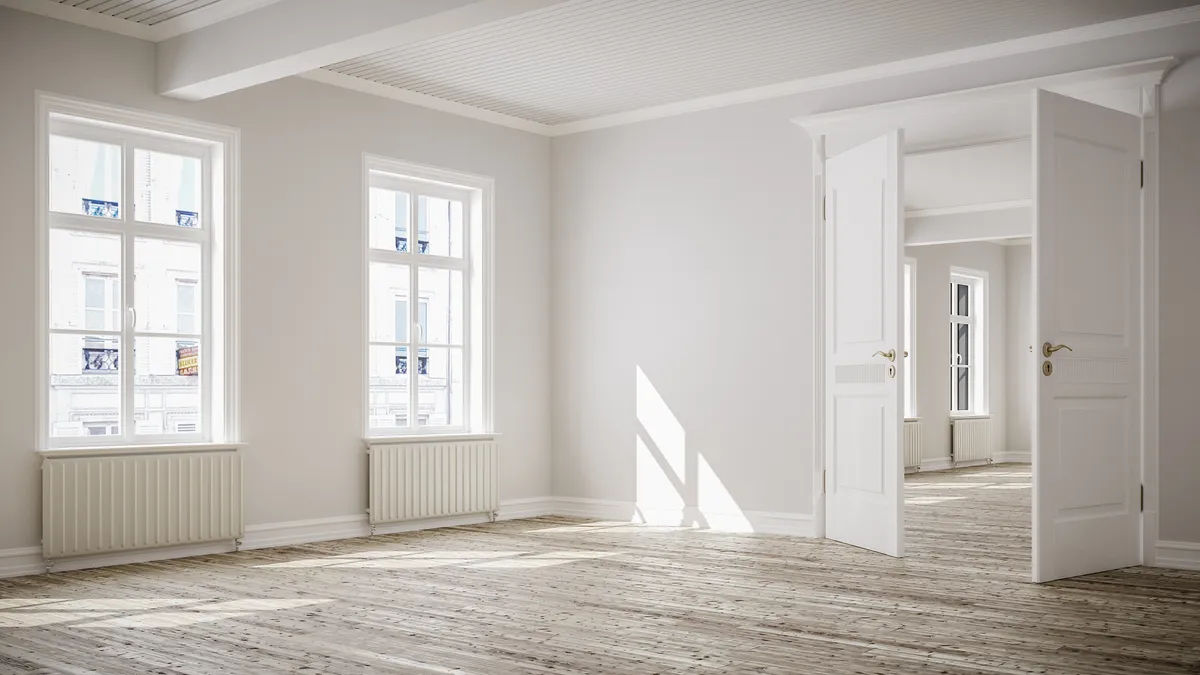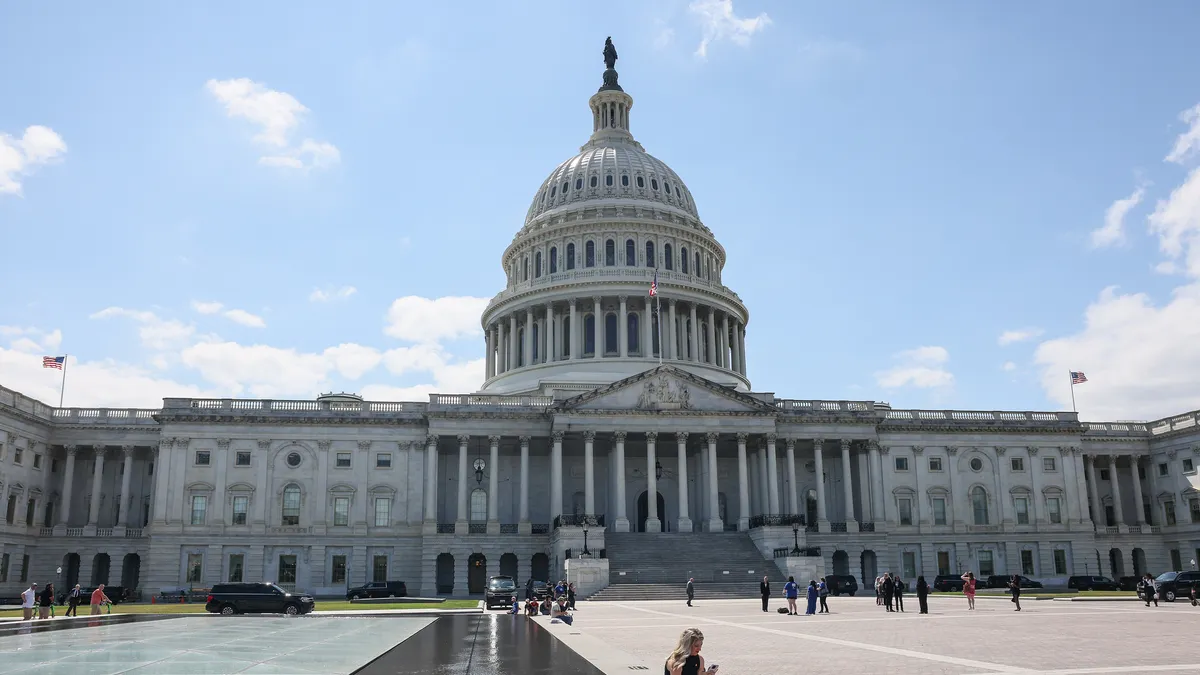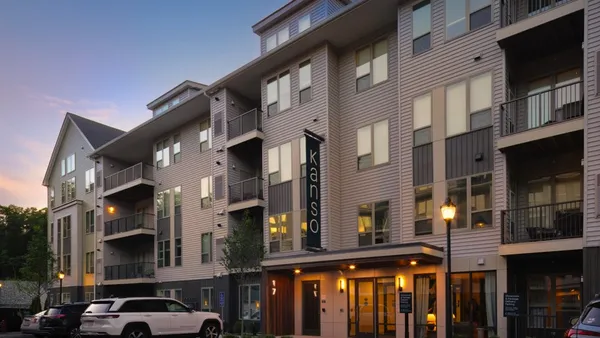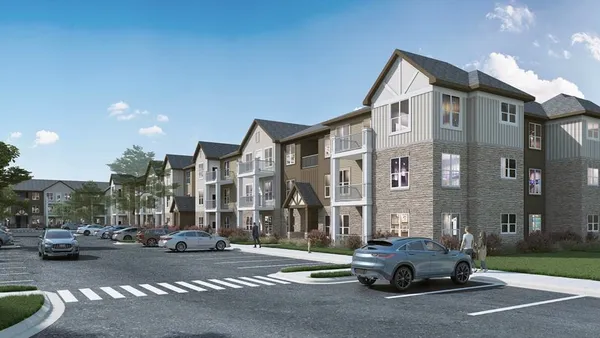While “amenities” in apartment buildings often refer to features for the whole community, such as a pool or lounge, unit amenities are just as important to consider — especially in rent calculations.
Any features present above the base offering, such as a balcony or a desirable view, can add value above the base rent per square foot, translating easily into higher income, according to presenters at a panel during the National Apartment Association’s recent Apartmentalize 2024 conference. In a poll of attendees at the panel, the majority stated that between 3% and 7% of their revenue came from unit amenities.
“Rent growth is really anemic in 2024,” panelist Donald Davidoff, CEO and co-founder of Littleton, Colorado-based Real Estate Business Analytics, said during the session. “So when you’re looking for pennies and dimes, things you hadn’t paid attention to in the past suddenly really matter.”
In order to leverage unit amenities, panelists recommended examining the property’s pricing system with an eye toward finding new sources of rental revenue. Their suggestions included:
- Use a satellite map to find amenities not accounted for in the price. Corner units and wood or lake views are often preferred by renters, according to the panelists. Considering these features as premiums on top of the base rent, even in small amounts, could add up to thousands depending on the unit count of the property.
- Look out for errors. If a unit is marked as both having and not having an amenity, revenue may be lost.
- If all units have a feature, include it in the base rent for calculation purposes. If you want to show the amenity on pricing reports, list it as a $0 charge. However, upgrades should not otherwise be listed as a $0 charge under other circumstances, as that implies that the feature does not add value.
- Use data tools to determine the proper pricing for amenities in response to market conditions. “If you have mispriced your amenities, some amenities will move faster and some will move slower,” said Carol Enoch, CEO of Oakland, California-based multifamily consultancy Enoch & Co.
One thing to keep in mind during this process is the influence of bias on pricing decisions, and of the specific value of an amenity for a target renter, Enoch told Multifamily Dive.
“Something that has value to an executive living in a 4,500-square-foot, four-bedroom, 3.5-bath house in Marin County, California, might not have value to your resident in an 800 square foot urban core loft in Fishtown, Philadelphia,” Enoch said.
In order to test value — what tenants are willing to pay — Enoch recommends placing a small charge on certain services, like bike permits or parking. “Somewhat paradoxically, don't step over a quarter to get a dollar,” Enoch said. “Don't get so lost in the hunt for ancillary income that you forget about true rent value and placing quality residents in your buildings.”
Ultimately, the actual dollar value placed on these amenities depends on the property’s asset class and the nature of its market.
“Getting amenity pricing right is a combination of ensuring an accurate configuration and then applying sophisticated statistical algorithms to recent leasing,” Davidoff told Multifamily Dive last year. “Operators must get both right to optimize their unit amenity charges and thus overall rent.”














